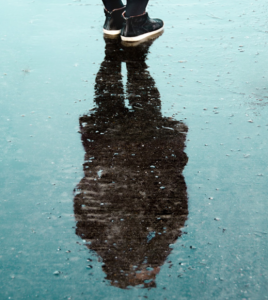Many students are con-cerned that during the winter, the College is not taking enough measures to en- sure a safe and ice-free environment. Areas that see heavy student traffic seem to become instantly covered with ice when temperatures plunge below freezing. However, others are perturbed by the prospect of using environmentally hazardous materials to clear the sidewalks.
A male freshman student pointed out another potentially hazardous spot. “The ramp leading to Reid Hall is like an ice-skating rink,” he said. He was concerned that the ice forming on the ramp often becomes a safety hazard to students who are using wheelchairs. This issue is important, as the ramp is the only wheelchair access to the building.
Some students believe that the College is intentionally restraining from using large amounts of salt in order to protect the environment. These students cite environmental concerns as the primary reason for their support of utilizing salt sparingly.
According to experts at the New Hampshire Department of Environmental Surfaces, the salt used to melt ice contains toxic pollutants. The chloride ion, which is often isolated in salt runoff, is corrosive and damaging to the environment.
Alice Hanline ’19 feels that the College should reduce the amount of salt used to melt ice. Hanline feels that the College should try to do more to protect the environment.
David Siebert, the Director of Facilities Management, stated that the College is not consciously decreasing the amount of salt it is using.
According to Siebert, the amount of salt used is, in fact, a significant expense to the College’s annual budget. Siebert shares the same environmental values as the students, but he is confident that salting is properly carried out, as the College has hired an independent contractor to manage salt distribution when snow accumulation exceeds two inches. In his opinion, a lot of students believe that not enough salt is used to melt the ice because salt is not 100% effective. Salt works best above 10 degrees Fahrenheit, and even at its optimal temperature, it cannot be expected to remove all of the ice. Finally, he stated that students should be reassured that the College is putting their safety first and that the icing program is closely monitored.
Even though environmental con- cerns exist, salt maintains a crucial role in de-icing and to prevent accidents on campus. As for the environment, the College strives to distribute salt as evenly as possible to prevent areas of concentrated pollution.




